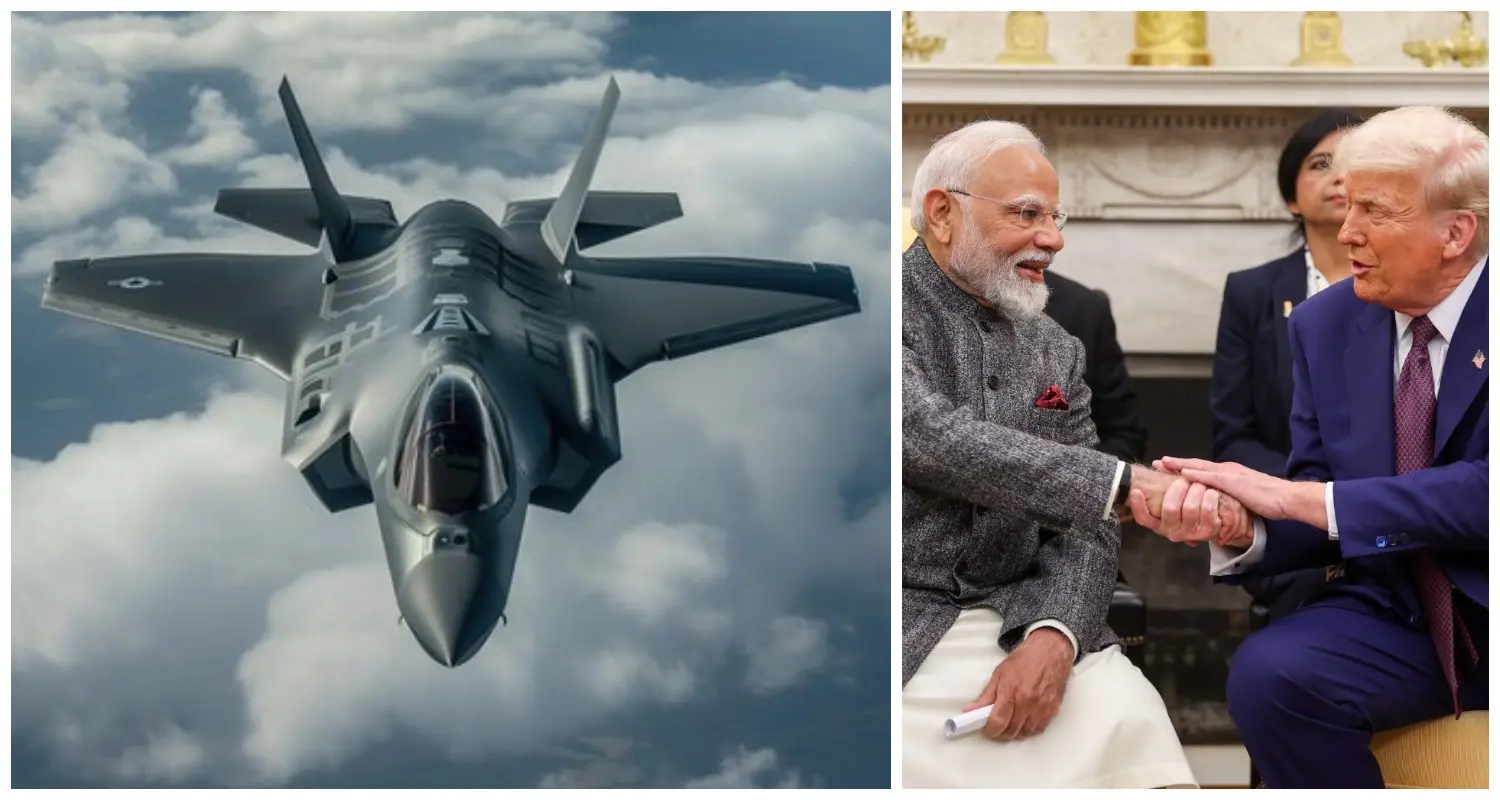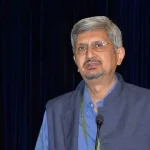The United States has confirmed that the proposed sale of F-35 stealth fighters to the Indian Air Force (IAF) will feature prominently in upcoming Indo-US strategic talks in Washington. The move marks a potential deepening of defence cooperation between the two nations, as India seeks to enhance its air superiority in the face of China’s rapidly advancing aerial capabilities.
The F-35 Lightning II, a fifth-generation multi-role stealth fighter developed by Lockheed Martin, is seen as a potential game-changer for the IAF, which currently operates without any fifth-generation fighter aircraft. India’s indigenous AMCA program, meant to fill that gap, is not expected to deliver operational jets until the late 2030s. The US proposal comes at a time when China has accelerated its air force modernization, unveiling its second fifth-generation fighter, the J-35, and testing two sixth-generation prototypes in late 2024.
The idea of supplying F-35s to India was first floated during a meeting between US President Donald Trump and Prime Minister Narendra Modi in February 2025. Trump underlined the importance of deepening the strategic defence partnership and tackling shared security concerns. However, Indian Foreign Secretary Vikram Misri later clarified that while discussions had taken place, no formal acquisition process had begun.
Despite the F-35’s appeal, the proposal raises serious concerns for India. The jet is the costliest weapon system in the US arsenal, with lifetime operational costs estimated at $2 trillion for 2,470 aircraft. For India, acquiring even a limited fleet of 40 F-35s may not substantially tilt the balance against the People’s Liberation Army Air Force (PLAAF), which fields over 1,700 fighters, including nearly 200 J-20 stealth aircraft.
Operational compatibility is another major issue. India’s air fleet comprises a variety of platforms, including Russian-origin Su-30MKIs and the S-400 missile defence system. The S-400’s presence complicates F-35 integration, as the US previously ejected NATO ally Turkey from the F-35 program over similar concerns of data leakage to Russia. Whether Washington will make a special exception for New Delhi remains uncertain.
India’s past experiences with US defence contracts also cast a shadow over the F-35 proposal. Delays in the delivery of Apache helicopters and jet engines from a 2020 deal with Boeing have led to questions about reliability and timelines. These concerns are particularly significant when dealing with a high-value and technologically sensitive platform like the F-35.
From a strategic standpoint, the F-35 could serve as a stop-gap capability enhancer for the IAF until the AMCA becomes operational. Yet some defence experts argue that India’s immediate focus should be on reinforcing its air defence network, including indigenous systems like Akash and the S-400. These systems offer layered defence against enemy fighters and missiles, a critical necessity in modern aerial warfare.
As high-level Indo-US meetings draw near, the F-35 proposal will likely spark a complex conversation balancing technology, strategy, sovereignty, and fiscal prudence. While the offer is a strong signal of growing trust, India’s final decision will hinge on reconciling its operational needs with long-term defence self-reliance.













